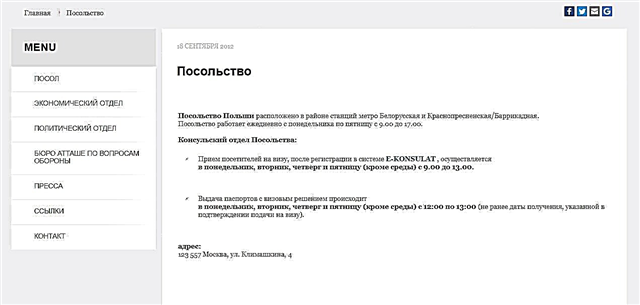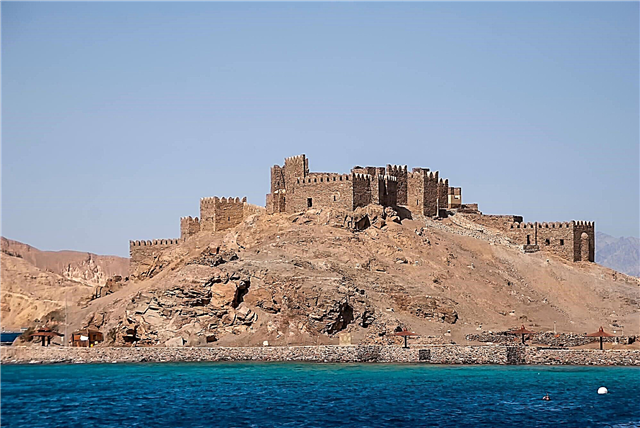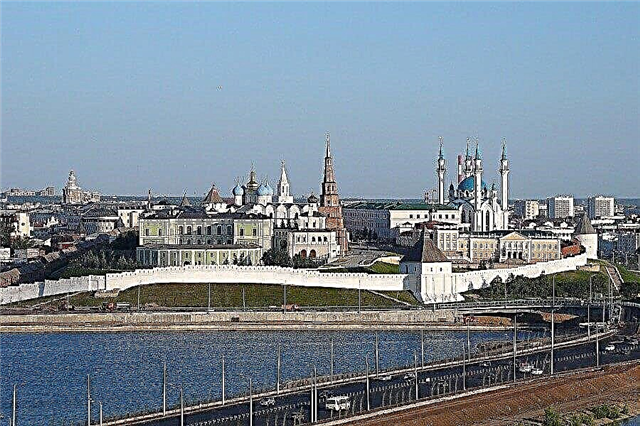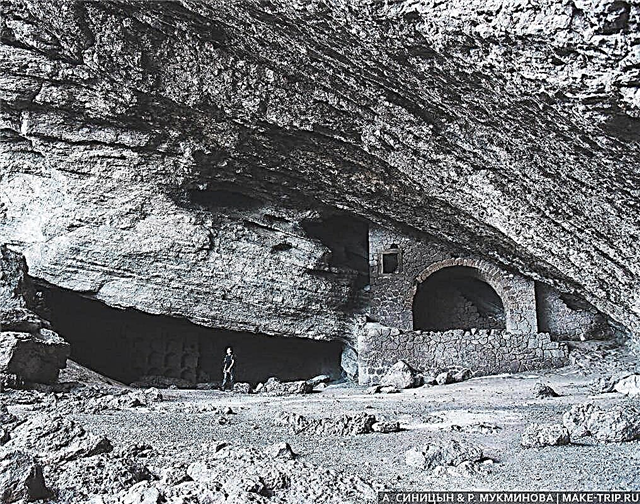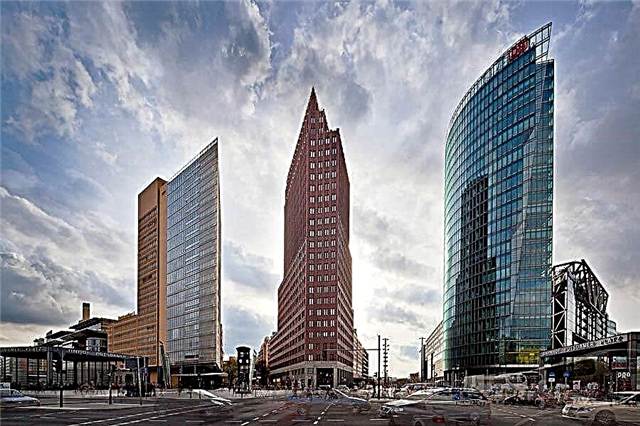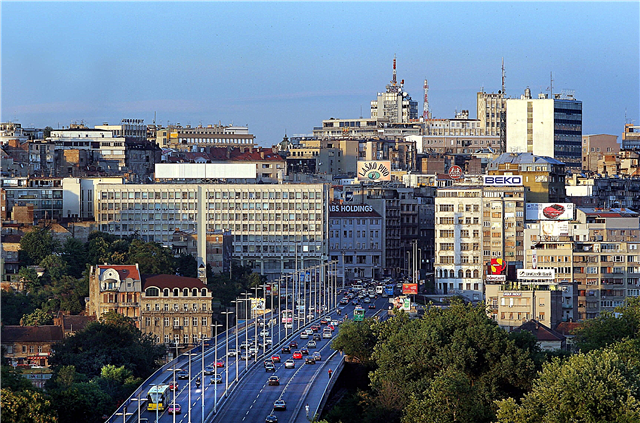The territory of Serbia at different times belonged to many states. Each new change in borders was accompanied by armed conflicts, which means the extermination or resettlement of people. So it shouldn't come as a surprise that Serbian cities are not overly populated.
The main city of the country is predictably the capital, Belgrade. Although its population is not even one and a half million inhabitants. Less than 40 thousand people live in 5 cities of Serbia, ranked among the largest. The architecture in them is for the most part typical of the region, but you can find pockets of Turkish, Western European and even Roman heritage. Serbia is worth visiting primarily because of its traditions and measured way of life.
The largest cities in Serbia
List of the largest cities in terms of population in the country.
Belgrade
The capital of Serbia stands at the confluence of the Sava and Danube. The architecture of the city is a mixture of different styles. Knowledge typical of Eastern Europe predominates, but modernist buildings also occupy an important place. Sightseeing: National and Ethnographic Museums, Raiko Mitic Stadium, St. Sava Temple. The city hosted Eurovision, book fairs, the October Salon design and art festival, and several film screenings are held here.
Population - 1,378,682 people (2018).

Novi Sad
A city in the north of the country, standing on the Danube coast. The architecture is typical for the region, the panorama of the city looks picturesque due to low buildings and an abundance of greenery. The main attraction is the Petrovaradin Fortress, which hosts the Exit International Music Festival in July. Several museums and galleries operate. Novi Sad Airport is used for agricultural and sports flights.
Population - 341 625 people (2011).

Niches
Stands on the Nishava River. The city is important for the country in industrial and commercial terms. Architectural landmarks: the remains of a Roman fortress, a necropolis of the 4th-12th centuries, a Turkish caravanserai dating from the 16th century, a fortress of the 18th century, baroque churches built in different parts of Niš. There are many hills in the area, which is conducive to the development of hiking.
Population - 312 867 people (2011).

Kragujevac
It is located 120 kilometers south of Belgrade. One of the country's industrial leaders. For centuries, the city has kept the traditions of arms making. The Church of the Holy Spirit is a significant place not only from a religious point of view: the first Serbian Constitution was adopted within its walls. The architecture of the city center is remarkable: buildings of different styles and periods form a single ensemble.
Population - 193,120 people (2011).

Subotica
The northernmost city in Serbia. The Hungarian border is 10 kilometers away, which explains the large number of immigrants from this country in Subotica. The traditions and architecture of the neighbors spread to the city along with the settlers. Sightseeing: the town hall and the museum located in it, Palichkoe Lake, the Blue Fountain. The Palich resort was founded in the vicinity.
Population - 105 681 people (2011).

Valjevo
One of the oldest cities in Serbia. Belgrade is about 100 kilometers from here. The old part of the city is called Teshnjar and is rich in iconic places. Sightseeing: Muselimov Konak, Nenadovich Tower, Cheliye Monastery, a monument to the national hero Stepan Filippovich, Vidy Yotsich Park. They love sports in the area. There are more than 30 football clubs alone.
Population - 90 312 people (2011).

Loznitsa
Founded near the border with Bosnia and Herzegovina. The name is somewhat distorted, the original was translated as "small vine". In Loznitsa, textiles are produced, and a plant was built to manufacture products of the Italian company “Golden Lady”. Orthodox sites, crypts and monuments are the main attractions. The city hosts one of the most massive festivals in Serbia - "Vukov sabor".
Population - 86 413 people (2011).

Zrenyanin
In the past, this northern Serbian city was called Bolshoy Bechkerek Petrovgrad. The architectural appearance of Zrenyanin took shape for several centuries. Significant buildings: the courthouse, the town hall, the Church of the Assumption of the Blessed Virgin Mary, the Bukovchev chamber, the "bridge on land". National, museum, theater, art gallery work. The city organizes the "Days of Beer" holiday.
Population - 76 511 people (2011).

Pancevo
Based on the confluence of the Tamish and Danube rivers. The People's Garden is the oldest park in Pancevo. In addition to him, there are still many green areas in the city. The lighthouse, churches, a monument to the executed patriots, the Red Warehouse, the Voylovitsky Monastery are the main architectural monuments. The annual carnival attracts tourists from all over the country. There are dozens of sports associations, local residents prefer active recreation.
Population - 76 203 people (2011).

Chachak
City of the central part of the country. The residence of the brother of Prince Milos is one of the oldest buildings in Cacak. The cemetery has a monument in memory of the victims of the First World War. In it, the symbols of different religions converged. In the suburbs, there is the Trinity Monastery Complex, nicknamed "Serbian Athos". Mineral springs gush near the nearby mountains and the Ovchar-Banya resort was founded.
Population - 70 148 people (2011).

Novi Pazar
An ancient Serbian town, some of the objects of which have remained unchanged since the 15th century. Muslim and Christian heritage is intertwined in many of Novi Pazar's monuments. One of the most interesting city objects is the Altun-Alem mosque, which was built by alternating logs and stones. Other attractions: frescoes of Sopochany monastery, Turkish baths, Durdevi stupovi monastery.
Population - 66,527 people (2011).

Smederevo
Located at a distance of about 50 kilometers from Belgrade. For some time Smederevo served as the country's capital. The walls of the medieval fortress that defended the city still partially frame the Danube bank. In a day, you can visit all the landmark architectural objects of the area. A pleasure steamer runs along the river. The region is famous for its wines.
Population - 64,175 people (2011).

Kraljevo
The city in central Serbia grew out of the village of Rudo Pole. Kraljevo is inscribed in the history of the White Immigration: about 12,000 settlers from the Russian Empire moved here. Near the station, there is a monument to the Resistance, and in the central square there is a monument in memory of the victims of the First World War. To the south of the city is the Maglic Fortress. Here, in addition to sightseeing tours, descents into the gorge, rafting and hiking are organized.
Population - 64,175 people (2011).

Leskovac
It stands on the coast of the South Morava River. Only in the second half of the 19th century, the city finally ceded to Serbia. The main religious attraction is the Holy Trinity Cathedral. The National Museum has been occupying a new building since 1974. Balkan-style buildings decorate the streets of the city. Leskovac honors the traditions of national costume and organizes celebrations that highlight local customs.
Population - 60 288 people (2011).

Uzice
Slavic tribes in these western territories of Serbia appeared in the Middle Ages. In 1941, the partisans organized an independent republic in Uzhitsa and for a long time and successfully resisted the Nazis. A folk dance festival is held in the summer. In the vicinity there are the ruins of a fortress erected in the XIV century and the Potrets Cave, the halls of which are well lit, and there are signs along the entire route.
Population - 59 747 people (2011).

Krusevac
The medieval capital of the country is now attributed to the Racine District. The pride of Krusevac is the archaeological park. Objects from different periods are displayed in the open air, including the Lazaritsa monastery and exhibits from the National Museum. The annual theater festival brings together troupes from all over the country, while satirists and comedians organize the Golden Helmet competition.
Population - 58 745 people (2011).
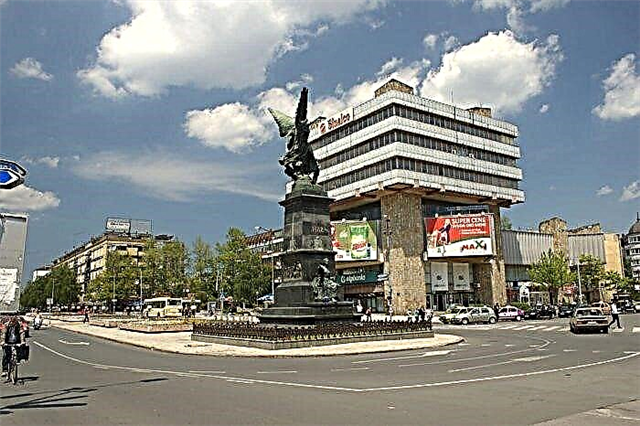
Vrana
The capital of the Pczyń District stands on the banks of the river of the same name.The settlement became Serbian at the beginning of the 13th century, although it was founded earlier. After World War II, Vrana was transformed into an industrial center. Shoes, furniture, textiles are produced here. The main attraction is the Church of the Holy Trinity. The original building was burned, but the new one partially repeats its outline.
Population - 55,138 people (2011).

Sabac
Belongs to the western lands of Serbia. The etymology of the name is associated with the Sava River, which flows nearby. Sabac is famous for its modern medical center. Leisure facilities: beach, football fields, cultural center. The ruins of a fortress have been preserved on the coast. The city hosts two large social events every year - the flower festival and the swimming marathon.
Population - 53 919 people (2011).

Sombor
Location - Vojvodina autonomy. It was first mentioned in documents in 1340. The historical center of the city has not changed since the 18th-19th centuries. Sightseeing: 2 galleries, Museum of Local Lore, National Theater, Sombori Monastery. Ethnic minorities feel comfortable in Sombor: they have their own theaters, clubs, representative offices.
Population - 47 623 people (2011).

Pozharevats
The administrative center of the community of the same name. Slobodan Milosevic was born and buried here. City Day is celebrated on the Holy Trinity. The courtyard of the National Museum is decorated with a plate with frescoes, preserved from the times of the Roman conquests. The main mass event of Pozarevac is "Horse Games". The festival includes horse races, horse shows, lectures on related topics, fairs and concerts.
Population - 44 183 people (2011).

Pirot
Occupies land in the south-east of Serbia. Before the Roman conquests, the Thracians settled here. The main attractions: a fortress dating from the XIV century, the Temsky Orthodox monastery, built in the 16th century, Lake Zavoiskoye, National Park "Straraya Gora". Weaving traditions are strong in Pirot, local carpets are practical and beautiful souvenirs. City status was awarded in 2016.
Population - 38 432 people (2011).

Zajechar
Located near the border with Bulgaria. Around the beautiful plain, sandwiched between the Carpathians and the Balkan Mountains. In 1947 the theater "Zoran Radmilovich" was opened, which is still working. An arts festival is regularly held here. There are three health and fitness centers in Zajecar. Since the beginning of the 70s of the last century, the city has hosted the "Guitarada" music festival.
Population - 38 165 people (2011).

Kikinda
The city changed its names: Velika-Kikinda, Gross-Kikinda, Nagy-Kikinda, until the choice was made in favor of the current one. The modern history of the settlement in Vojvodina autonomy began in 1751. The economy is based on agriculture. The streets of Kikinda are decorated with Orthodox objects: Nikolskaya Church, Holy Trinity Monastery, Voditsa Chapel. The local airport is quite small and is used for sports flights.
Population - 38,065 people (2011).

Sremska Mitrovica
The city of the autonomous part of the country - Vojvodina. The settlements on these lands have been known since ancient times. The modern name is consonant with the names of its predecessors. The area of the main part of Sremska Mitrovica is equal to the size of the ancient hippodrome. In the 70s of the last century, during construction work, interesting archaeological exhibits were found, including gold coins.
Population - 37,751 people (2011).

Boron
After World War II, when Serbia was recovering, Bor was founded as one of the new industrial centers. The largest copper mine in Europe is located here. The settlement received its modern status as a city only in 2018. There are many iconic places in the district: the village of Brestovach, famous for its color, Bansko Pole, the resort of Brestovachka Banya, Mount Stol, Lake Borsko.
Population - 34,160 people (2011).



